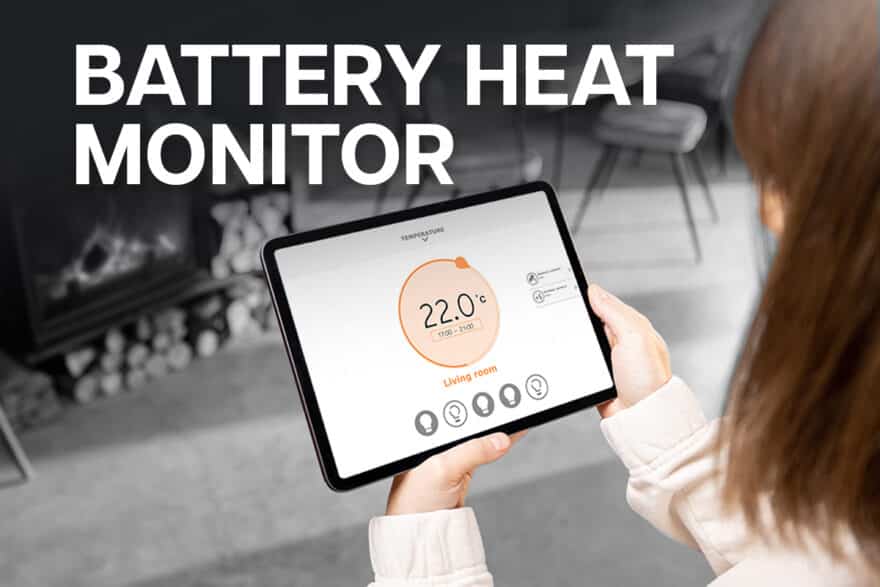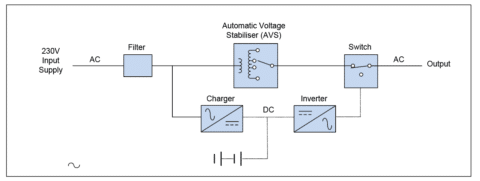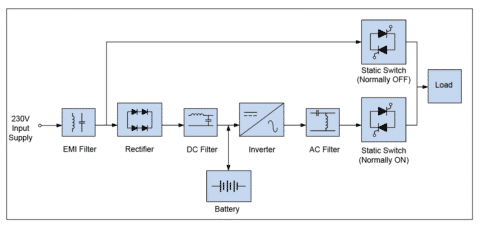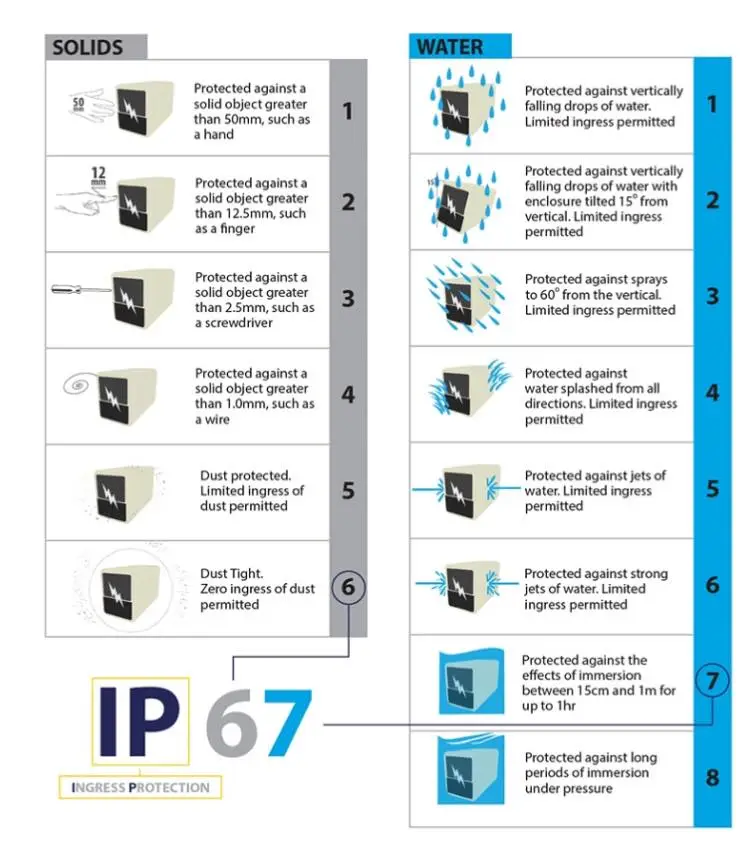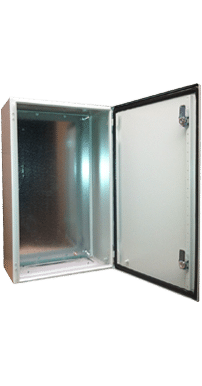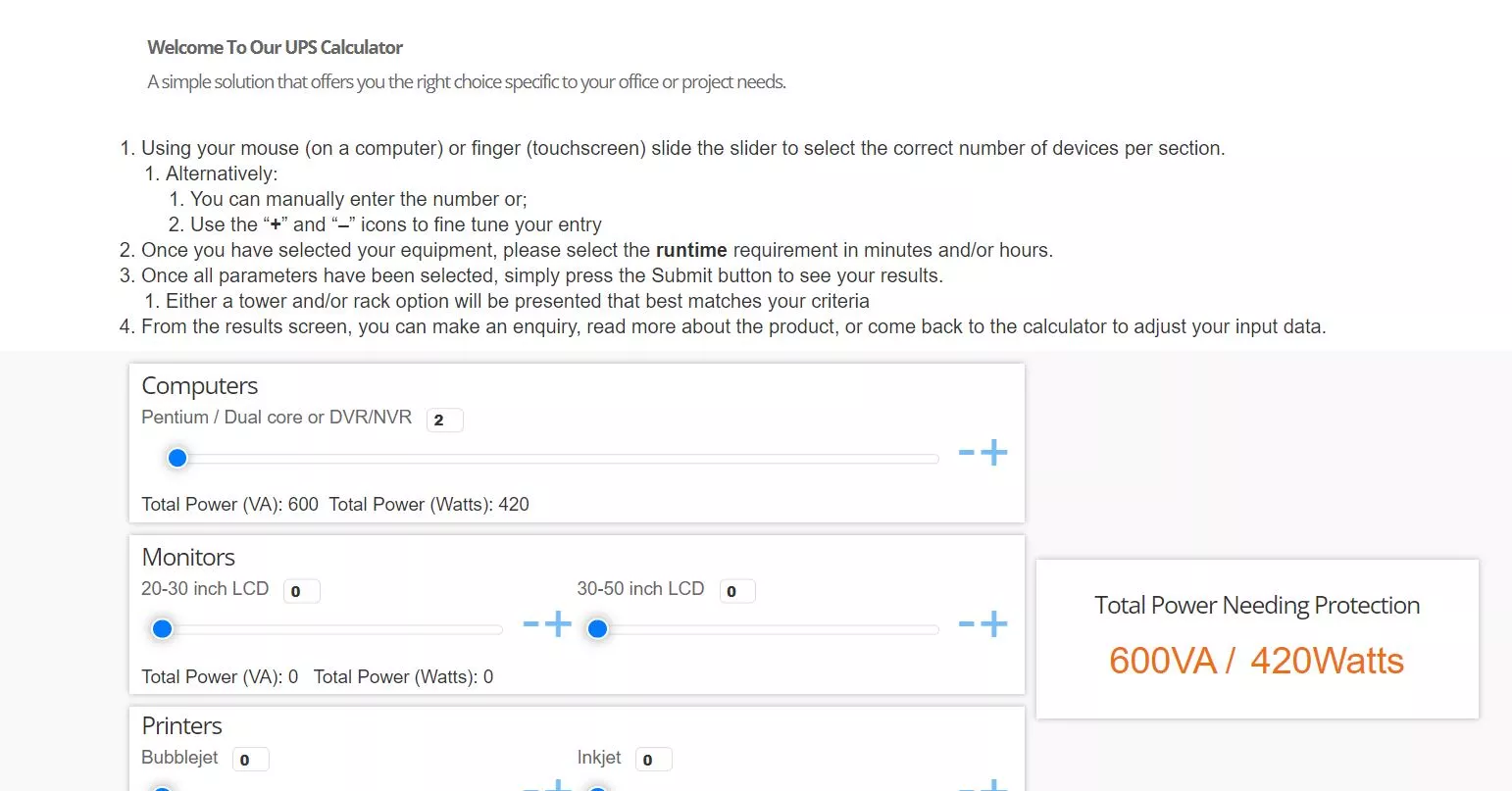When it comes to Uninterruptible Power Supplies (UPS), batteries are the most expensive and critical component. A UPS is only as reliable as its batteries, and temperature fluctuations can significantly impact their lifespan and performance.
Without proper temperature monitoring, you could be wasting thousands on premature battery replacements—all for an issue that can be easily prevented.
The Hidden Cost of Ignoring Battery Temperature
Batteries naturally degrade over time, but excess heat accelerates this process. Here’s what happens when your UPS batteries aren’t monitored for temperature fluctuations:
❌ They overheat and degrade faster – Heat causes chemical reactions inside the battery that reduce its lifespan.
❌ They underperform when you need them most – If the voltage isn’t adjusted based on temperature, your UPS may not deliver the full backup time you expect.
❌ They fail prematurely – Replacing UPS batteries can cost anywhere from a few hundred dollars to over $10,000, depending on the system size.
A Small Investment for Big Savings
Installing a battery temperature monitor is an affordable solution that can extend battery life, improve reliability, and prevent unexpected failures.
Cost of a Battery Temperature Monitor: A few hundred dollars
Cost of Battery Replacement: Up to $10,000
The math is simple—battery temperature monitoring pays for itself.
Battery Monitoring Solutions for Every System
PSS offers a range of battery temperature monitoring solutions that work with different UPS setups:
If you’re using any of these UPS, you can add the SW009 battery temperature sensor for seamless integration and automated voltage adjustments based on battery temperature.
Future-Proof Your Power Backup
A small investment today in a battery temperature monitor can save you thousands in battery replacement costs and ensure your UPS performs when you need it most.
Don’t wait for battery failure—protect your investment now.

